Did you know that in order to activate your buds before using them in edibles, oils, tinctures or other orally ingested forms of cannabis, you have to go through a process called decarboxylation? This is the process by which all the THC-A in cannabis converts to THC. This article outlines the decarboxylation process, why it is important, and how to do it correctly.
There are many people out there who are, unfortunately, wasting the most potent part of their plant by skipping the decarboxylation process. Many of us believe that THC is an abundant chemical in the cannabis plant, but what many of us don’t know is that, in order to arrive at THC, your weed must go through a very special process called decarboxylation. A lot of weed is smoked, and so it naturally goes through the decarboxylation process in the process of being smoked. However, if you are going to be using your buds for the sake of edibles, tinctures, oils, and other products that are ingested orally, they must first be decarboxylated.
This happens because the chemical that is actually present in abundance in the cannabis plant is the THC-A chemical (standing for THC acid). The way that we convert this to THC is through the decarboxylation process, which involves heating up the buds. So, this just naturally occurs in the smoking process, but it is something you must do separately when making cannabis products that are not for smoking. For example, if you do not decarboxylate cannabis before making a cannabis tincture, your tincture will contain next to no potency.
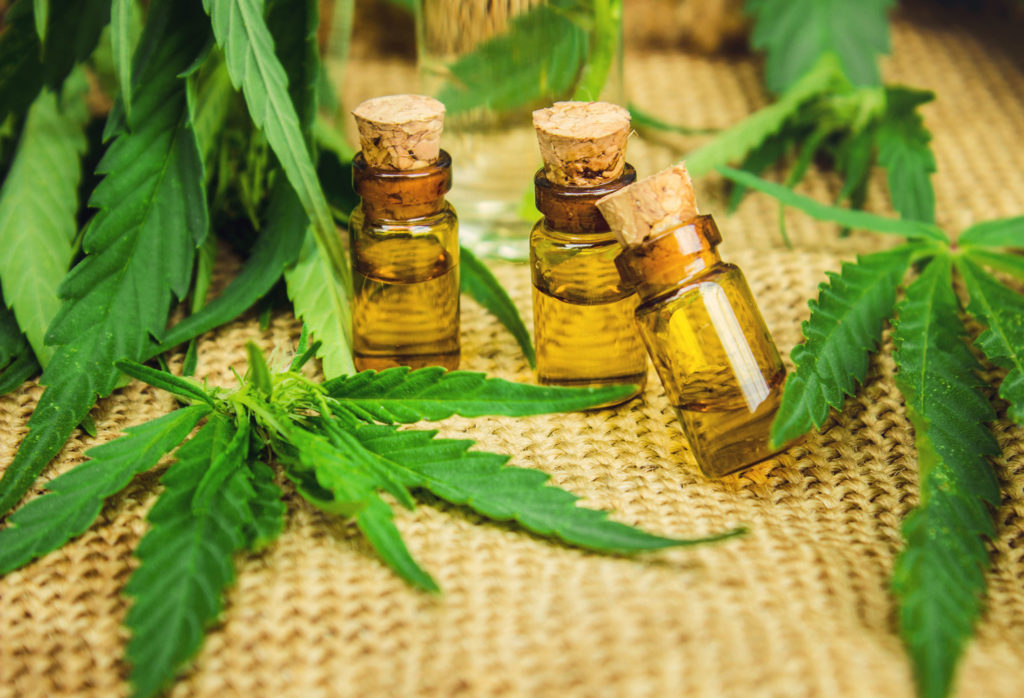
What is decarboxylation?
The process of decarboxylating anything is the process of causing a chemical reaction that releases carbon dioxide (CO2). There is a carboxylic acid in the THC-A molecule, and this chemical reaction simply removes a carbon dioxide atom from the molecule. This effectively turns the THC-A into THC, which is the chemical that everybody is looking for when they purchase or grow cannabis. It is what causes the psychoactive effect, effectively making you stoned, and it is also the molecule that contains most of the medicinal properties of cannabis.
This is a naturally occurring process in the drying of weed, and, as it begins to dry, it naturally turns the THC-A into THC. However, it would take years of waiting and drying for this to occur naturally throughout the entire plant, and this is why growers speed things along and take matters into their own hands. Decarboxylation occurs naturally through smoking or vaporizing, and to some degree when it is cooked to make cannabis butter. All that is required for the cannabis to be decarboxylated is to heat it up at the correct temperature, and this simple act removes the carbon dioxide molecule that converts THC-A into THC.
How to decarb your weed
So it really is as simple as taking your buds and putting them into the oven, but at what temperature and for how long? Putting your cannabis flowers in the oven to decarboxylate could potentially ruin your flowers if you leave them in there for too long, or in too high heat. If you heat it for too long or at too high a temperature, you run the risk of vaporizing some of it and losing the potency. So, it is important to know what the boiling or vaporizing points are of the cannabinoids present in cannabis in order to avoid this.
Most of the cannabinoids present in cannabis will vaporize at temperatures anywhere between 120 degrees Celsius (246 F) and 220 Celsius (435 F). So, using this as a guide, decarboxylating your cannabis in a consumer grade oven should occur at around 115 C (240 F) to ensure decarboxylation, but to completely avoid vaporization. It is also important that you leave your buds in the oven for long enough to complete the decarboxylation process. Experiments have been conducted regarding this to see just how long it takes for the decarboxylation process to be complete.
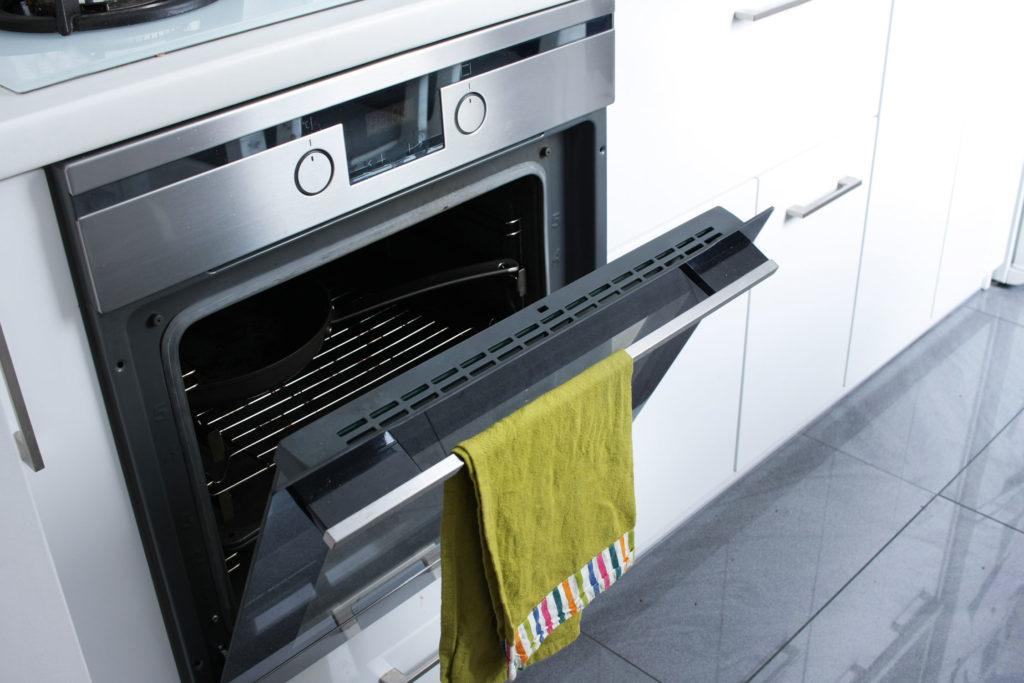
The disclaimer that comes with this process is that you can totally ruin your weed if you decarboxylate at too high a temperature. You can end up vaporizing or even burning your buds, taking away the most potent parts of the plant. So be careful with the temperature at which you decarboxylate! But note that if you choose not to decarboxylate at all, then you lose THC potency as a result.
Firstly, lay your buds out evenly on a tray and put it in the oven. You can do this with your kief as well. If your buds start to go black in the oven, it is because you have left them in there for too long or because you have put them in there with the heat on too high. It should take 60 minutes for the decarboxylation to be complete. Note that if the moisture content in your buds is higher than usual, you can leave them for longer in the oven. But don’t turn the heat up any further than 115 C (240 F).
Finally, it is important to note that this decarboxylation process is for turning THC-A into THC. The CBD-A that is present in cannabis is not converted to CBD in this process of decarboxylation.





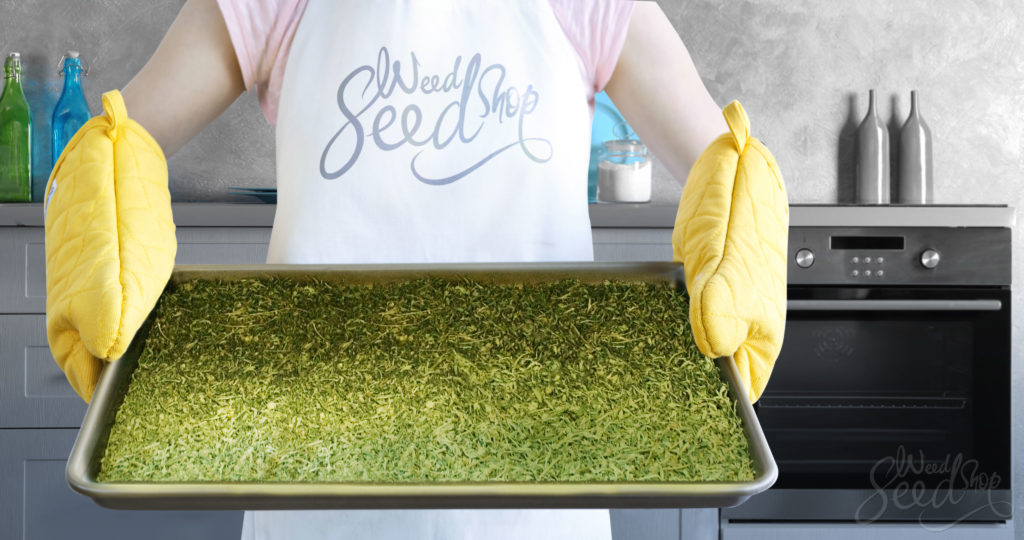
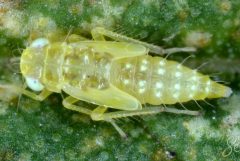
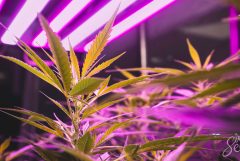


thanks really informative and clear!
So if you heat it up to get the thc then do you have to cook it in the water with butter or is that not needed?
THC is fat-soluble, so infuse the decarboxylated weed in oil or butter.
Use a low heat (1-2 on an electric stove) for 1-2 hours (or more). Strain the fat into a clean container and keep refrigerated till it’s gone 😉
You can toss the plant material now the THC has been extracted.
Do you have to decarb when using male leaves and stems?
Thanks